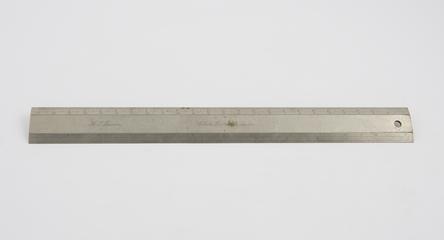

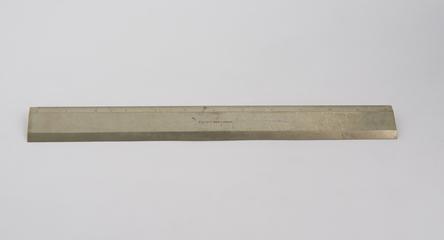
One of three 12 inch scales of equal parts by Elliott
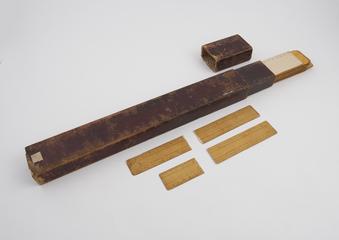
Cased set of varnished card drawing scales by Holtzapffel & Co.
1839-1900

"Best" patent enlarging and reducing scale made by W.F.Stanley
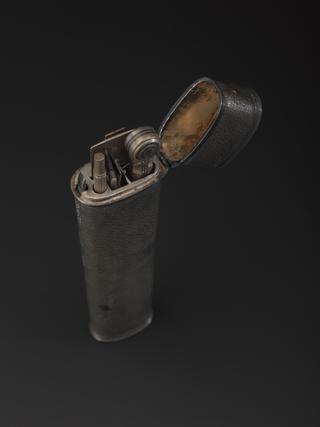
Pocket case of silver mathematical instruments
1728-1733
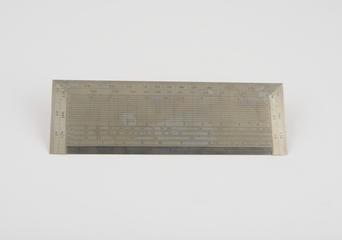
Rectangular protractor and plotting scale
1825-1830

Ivory plotting scale of type known as single scale
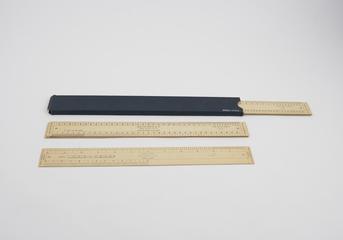
Lockie's Improved Drawing Scales
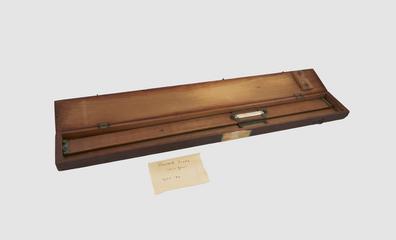
Boxwood scale
1800-1860

Three foot scale

Proportional plotting scale with cursor

Plotting scale
1851-1900

Brass scale and protractor by Pistor and Martins
1860-1900
Three 12 inch scales of equal parts by Elliott
Ivory plotting scale opens to rolling parallel rule and contains dividers and combined pen and pencil
Set of six boxwood drawing scales with offsets
Three sets of cardboard drawing scales
20th century
Plotting scale
Selection of 26 plotting scales
1876
Two line-dividing boxwood scales 6 inches and 24 inches
1870-1885